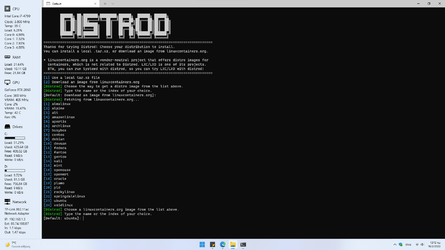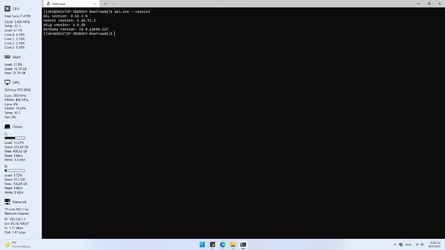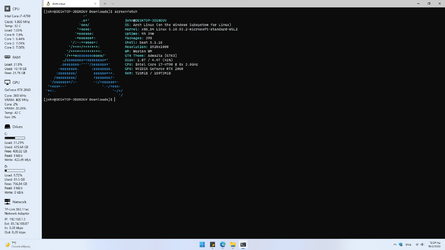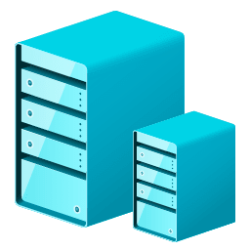- Local time
- 11:21 PM
- Posts
- 74
- OS
- Manjaro Linux with GNOME desktop environment, Windows 11 Pro with Debian Linux in WSL 2
Hi all,
I have installed and use Ubuntu in WSL2.
Also, I have installed and use Manjaro Linux MATE, in Hyper-V (as a Generation 2 virtual machine, that is the newest option).
Is there any way to run the Manjaro Linux installation of Hyper-V, with WSL2?
Thank you a lot.
I have installed and use Ubuntu in WSL2.
Also, I have installed and use Manjaro Linux MATE, in Hyper-V (as a Generation 2 virtual machine, that is the newest option).
Is there any way to run the Manjaro Linux installation of Hyper-V, with WSL2?
Thank you a lot.
- Windows Build/Version
- Windows 11 Version 21H2
Last edited:
My Computer
System One
-
- OS
- Manjaro Linux with GNOME desktop environment, Windows 11 Pro with Debian Linux in WSL 2
- Computer type
- PC/Desktop
- Manufacturer/Model
- Build to Order machine
- CPU
- Intel Core i7-4790 (Haswell Refresh)
- Motherboard
- MSI Z97 Gaming 7
- Memory
- 32 GB
- Graphics Card(s)
- GIGABYTE NVIDIA GeForce RTX 2060 GAMING OC PRO 6G
- Monitor(s) Displays
- LG 27GN650-B IPS HDR Gaming Monitor 27" FHD
- Screen Resolution
- 1080p
- Hard Drives
- 2 x Samsung 860 EVO SATA SSD 1TB
1 x Samsung 870 EVO SATA SSD 2TB
- PSU
- Corsair 1000 Watt
- Case
- Corsair Obsidian Series 750D full tower ATX case
- Cooling
- CORSAIR Hydro Series H80i v2
- Internet Speed
- 1 Gbps / 1 Gbps symmetrical FTTH (GPON)
- Browser
- Microsoft Edge














